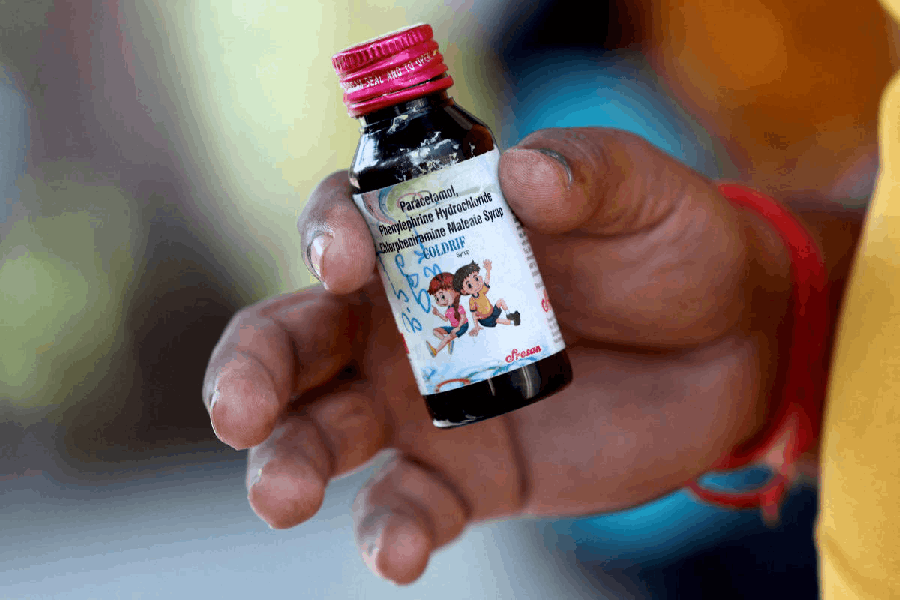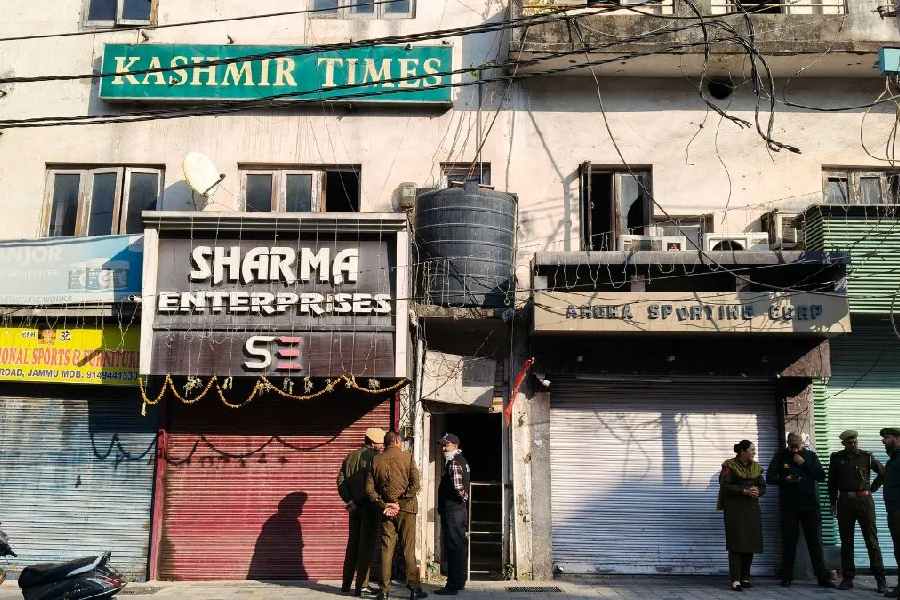 |
| Dibang Valley in Arunachal Pradesh. Telegraph picture |
Itanagar, Oct. 31: It’s all quiet on the Dibang dam front.
In March 2008, villagers opposing the public hearing of the country’s largest proposed dam — the 3,000MW Dibang multipurpose project — had blocked off a large stretch of road between Lower Dibang Valley and Dibang Valley districts.
Six year on, the mood among members of the Idu-Mishmi tribe, who reside in the Dibang river basin, has taken a drastic turn.
While the district headquarters of Lower Dibang Valley, Roing, was the hotbed of protests from 2007 till 2011, there has been no vocal opposition to the dam since the Union ministry of environment and forests granted clearance to the NHPC project last month with a reduction in the dam height by 10 metres.
Mite Linggi, the former general secretary of the tribe’s apex organisation, the Idu Mishmi Cultural and Literary Society, attributed various reasons for this change in attitude. He said they was always concerned about the impact the project would have on the Dibang basin but unlike NGOs that fear displacement of indigenous people and are worried about environmental impacts, the protests here were largely driven by fears of demographic change that the project would bring with the migrant workforce.
Linggi said various socio-political impact needed to be looked into, especially for a community that barely has 12,000 members across two districts.
“It is easy for a big corporate house to control a small number of people”, he said, hinting at the financial compensation that was promised to residents.
However, he refused to blame people for this change of heart and reiterated that “corporates can change people’s mindset who are economically vulnerable”.
Linggi also accused the Centre of bulldozing over concerns and questioned why the minutes of the forest advisory committee meeting was released a month after it was held. The meeting was held on September 22 and 23 but the report was made public only on October 20.
He also alleged that the concerns raised by a committee member from Assam during the meeting went unheeded and were not reflected in the minutes. The Telegraph had reported earlier that committee member Firoz Ahmed from Assam had resisted the clearance of the project but other members had not agreed to his views.
The project will result in the felling of over three lakh trees and diversion of 5,056.5 hectares of forestland, claiming with it various Schedule-I species that call the Dibang wildlife sanctuary home.
It is this impact that has local conservationist Jibi Pulu worried. An entrepreneur, who doubles up as an environmentalist, Pulu fears that the populations of several goat-antelope species such as the serow, goral and the endangered Mishmi takin might be hit if such a large amount of forest is lost to the project.
“Tiger movement within the sanctuary will be severely restricted as the forest cover shrinks,” he said.
Linggi is worried that people might realise the impact of the project in 10 to 15 years, “by which time”, he said, “it will be too late”.










